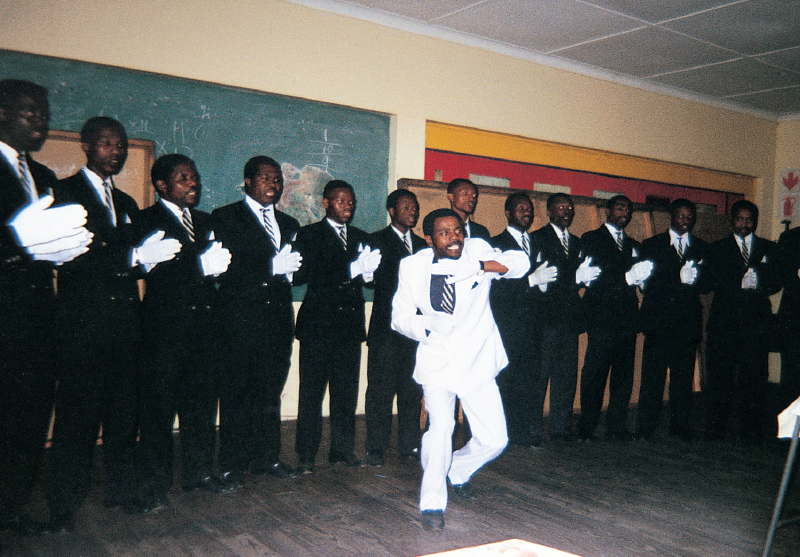Global Perspectives: Global Music
Global Music
We have seen in Global Perspectives on page 77 that European efforts to colonize foreign lands never resulted in the simple substitution of European cultures for native ones, but rather in new, complex mixed cultures. Such is the way of all meetings of distinct cultures and distinct musics.
But a funny thing happened to mixed musical cultures on their way through the twentieth century: recorded sound. Around the globe, the impact on music of technologies that store and play back sound has been revolutionary. Combined with radio and TV broadcasts, and with the modern ease of travel and commerce, it has given musicians and listeners from all parts of the world access to a much wider variety of music than ever before.
Complexities of Globalism
Two opposing tendencies have arisen from this situation. The first works toward the worldwide homogenization of musics. Huge stretches of the sonic landscape are now inhabited by styles that are similar in certain basic features: electrified instruments, especially guitars; strong percussive presence; extensive syncopation; and relatively brief song-
These features spread out from the American and especially African American pop-

There is another tendency, however, opposing this move toward sameness, a move to localize music making. People never simply take on foreign things without in some way making them their own. Even as musicians around the world have felt the influence of American pop styles, they have combined these styles in their local musics to forge new, distinct styles. Reggae is one example of this process.
South African Choral Song: Isicathamiya

A South African musical tradition with a difficult name, isicathamiya (ees-
Standing behind isicathamiya are traditions of choral polyphony native to the Zulus and other groups of the region. In the nineteenth century, these traditions merged readily with the four-
By the 1930s, these musical influences were put together by the first recording stars of the local Zulu singing scene, Solomon Linda and the Evening Birds. Their greatest hit, “Mbube” or “Lion,” known to most of us today as “The Lion Sleeps Tonight,” was originally recorded about 1939. Then it was re-
“Anoku Gonda”
Solomon Linda’s song “Anoku Gonda” (You Must Understand This), from the same period as “Mbube,” combines two distinct styles that are still heard today in isicathamiya. The first is a richly harmonized, homophonic style that recites the text freely and shows no clear or consistent sense of meter — choral declamation, we can call it. We hear two phrases of choral declamation, stated and repeated in the pattern a a b b a a. Notable here, and frequent in isicathamiya, is the slide in all voices from high to lower pitches.

Then, after about a minute, the music takes on a clear meter. This is the second style common in isicathamiya. It is still organized in repeating phrases, but now the texture departs from the simple homophony of the recitational opening section. It uses call-
LISTEN
“Anoku Gonda”
| 0:00 | Unmetered choral declamation |
| 0:00 | a |
| 0:13 | a |
| 0:25 | b |
| 0:30 | b |
| 0:35 | a |
| 0:47 | a |
| 0:57 | Metrical call and response: Solomon Linda against the full chorus |
| 1:27 | Metrical call and response: Basses against the full chorus |